






Name: Class: School:

Academic Authors: Sneha Sharma, Chandni Bhargava, Bhawna Bisht
Design & Production: Amisha Gupta, Bhavna Tripathi, Satish, Mangal Singh Rana, Vishesh Agarwal
Project Lead: Sneha Sharma
VP, Learning: Abhishek Bhatnagar
All products and brand names used in this book are trademarks, registered trademarks or trade names of their respective owners.
© Uolo EdTech Private Limited
First edition 2025
Second edition 2026
This book is sold subject to the condition that it shall not by way of trade or otherwise, be lent, resold, hired out, or otherwise circulated without the publisher’s prior written consent in any form of binding or cover other than that in which it is published and without a similar condition including this condition being imposed on the subsequent purchaser and without limiting the rights under copyright reserved above, no part of this publication may be reproduced, stored in or introduced into a retrieval system, or transmitted in any form or by any means, electronic, mechanical, photocopying, recording or otherwise, without the prior written permission of both the copyright owner and the above-mentioned publisher of this book.
Book Title: Dawn Numeracy Skillbook Level C
ISBN: 978-81-980546-7-8
Published by Uolo EdTech Private Limited
Corporate Office Address:
91Springboard, 3rd Floor
145, Sector 44, Gurugram, Haryana 122003
CIN: U74999DL2017PTC322986
Printed by: Printpro Solutions
Illustrations and images: www.shutterstock.com, www.stock.adobe.com and www.freepik.com
All suggested use of the internet should be under adult supervision.

elcome to DAWN, our comprehensive series for Early Childhood Education, meticulously crafted to align with the guidelines of the Foundational Stage as outlined in the National Education Policy (NEP) 2020 and the National Curriculum Framework for the Foundational Stage (NCF-FS) 2022.
DAWN offers a rich blend of interactive and activity-based content to support each child’s physical, emotional, intellectual and spiritual growth. Our approach ensures that learning is enjoyable and meaningful, and caters to every child’s interests and abilities.
Inspired by the Panchakosha Framework, DAWN offers a thoughtfully curated curriculum designed to nurture each child’s physical, emotional, intellectual and spiritual growth, and create engaging and meaningful learning experiences for all children and cultivate a lifelong love for learning.
1. Physical Development
Through movement-based activities, action rhymes, gross and fine motor skill, exercises, yoga and simple meditation practices, children enhance their coordination, balance and self-regulation.
2. Social and Emotional Growth
Discussions, role-plays, games, storytelling and collaborative activities encourage empathy, cooperation, self-expression and social awareness.
3. Intellectual Growth
A structured, age-appropriate progression from concrete to abstract concepts builds strong problem-solving, logical thinking and cognitive skills.
4. Spiritual and Moral Development
Stories, rhymes and reflective discussions teach values such as kindness and honesty. Yoga and meditation help children stay calm, focused and happy.
5. Sensory and Experiential Learning
Activities in art and craft, STEM-based explorations, interactive games and fun activities ensure hands-on engagement, creativity and imaginative thinking.
The DAWN curriculum is not merely a series of lessons, but a journey of discovery, growth and joy. The package comes with digital content, provided free of cost, to ensure a seamless and holistic learning experience for children. By providing a nurturing and stimulating environment, DAWN lays the foundation for future success—preparing children not just for school, but for life.

Thank you for embarking on this educational journey with us. Together, we can make the DAWN of early childhood education a bright and promising start for every child.


The table below helps us understand how the Panchakosha elements have been incorporated into the DAWN Curriculum:


The National Education Policy (NEP) 2020 represents a transformative shift in the country’s education system. It aims to establish a more holistic, dynamic and multidisciplinary approach to learning. NEP 2020 emphasises the development of conceptual understanding, skills, values and competencies aligned with the demands of the 21st century, while also honouring India’s rich cultural heritage.
UOLO is fully committed to realising the vision of NEP 2020 by meticulously following its recommendations. Below is the list of icons that are spread across the books to showcase DAWN’s adherance to the values rooted in the NEP and NCF.
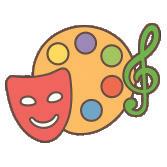
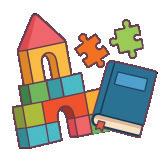
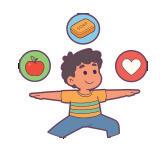


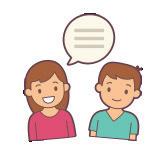






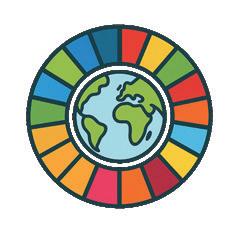

DAWN is an activity-based learning programme covering all areas of Early Childhood Education. It includes textbooks in English, Maths, General Awareness, STEM, Art and Craft, Phonic and Rhymes & Stories, along with lesson plans and resources to support teachers. Digital tools like animated videos, phonics songs and interactive exercises further enrich classroom learning.




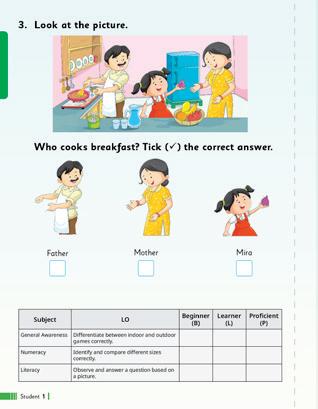










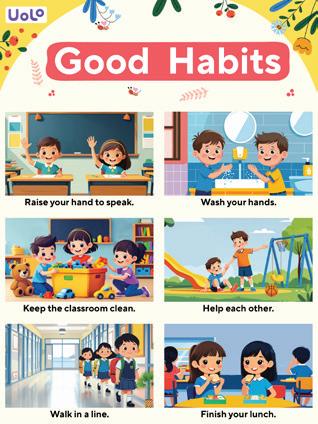


















The book curriculum builds strong thinking and problem-solving skills through a step-by-step approach. The Skillbook begins with pre-number ideas like big/small and more/less, then moves to numbers till 100, forward and backward counting, advanced shapes, skip counting, basic number operations, money, time and place value. The Workbook provides practice for each concept to strengthen learning.
Child-friendly rhymes, stories and activities add a fun element to learning. The Let’s Talk section encourages children to listen, retell, ask questions and express their ideas. Teacher Tip provides guidance to make real-life connections and enrich concept delivery in the classroom.



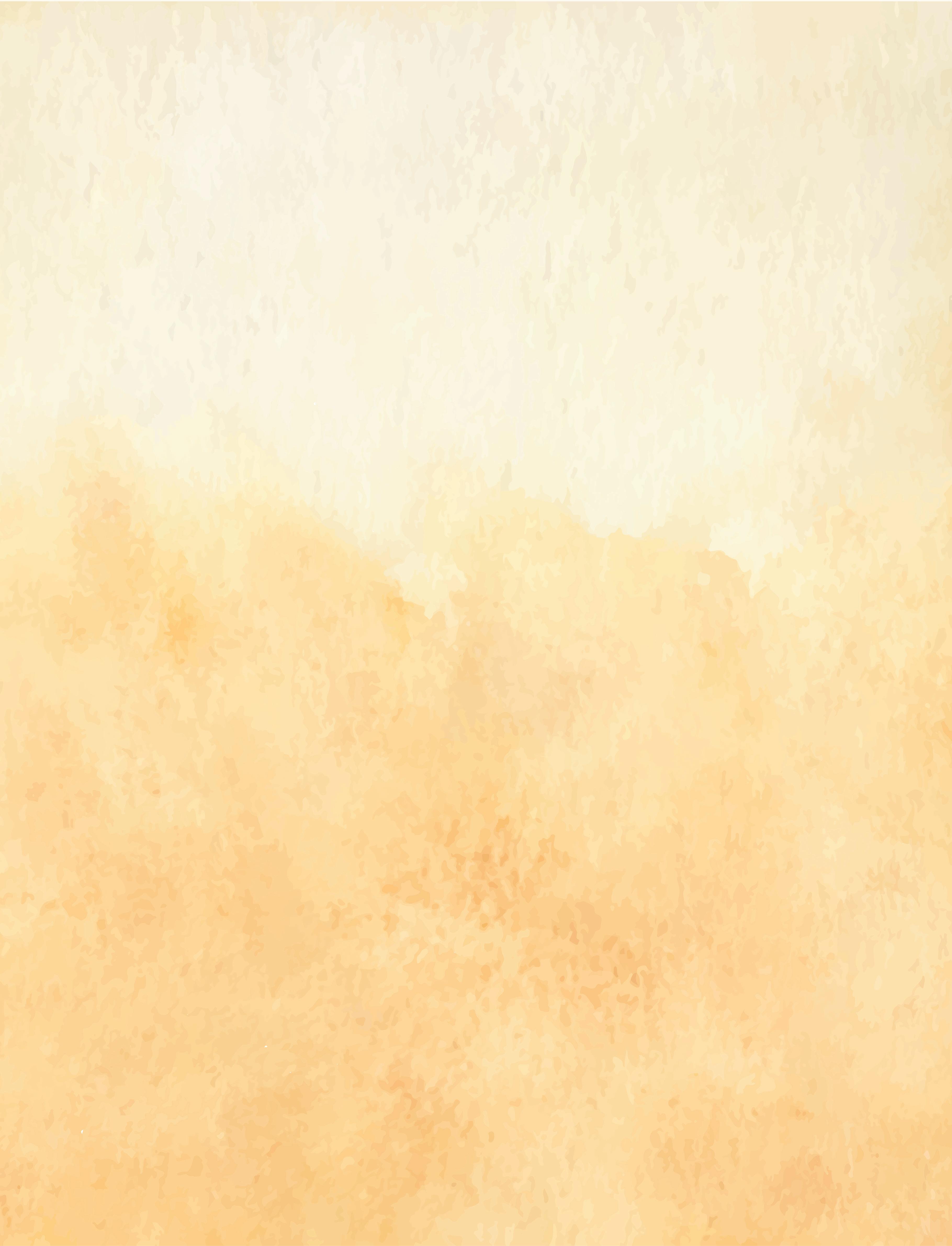

Encourage the children to stand side by side in pairs or small groups and compare their heights.


Digitally powered and application based













After each concept, the fun continues with the Let’s Do It! section— featuring simple, engaging worksheets to help children trace numbers and apply their learning. QR codes link to friendly concept videos, adding a layer of digital learning to make understanding even more exciting!
The book engages multiple senses through bright visuals, catchy rhymes, simple stories and hands-on activities. Fun Zone tasks such as mazes, puzzles and sticker activities help build thinking and motor skills in an enjoyable way.





The Learning Outcomes sheet highlights the key skills and concepts covered in the book and helps track each child’s progress. Special icons throughout the book reflect strong alignment with the NEP and NCF, ensuring a well-rounded learning experience.








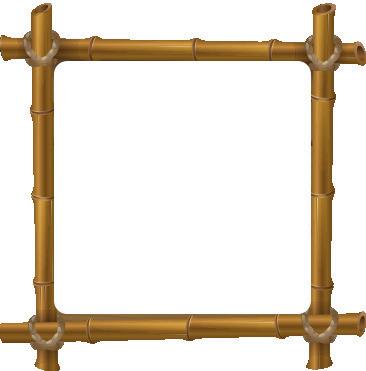
Look at the three balls. Two of the balls are the same. The third ball is different.
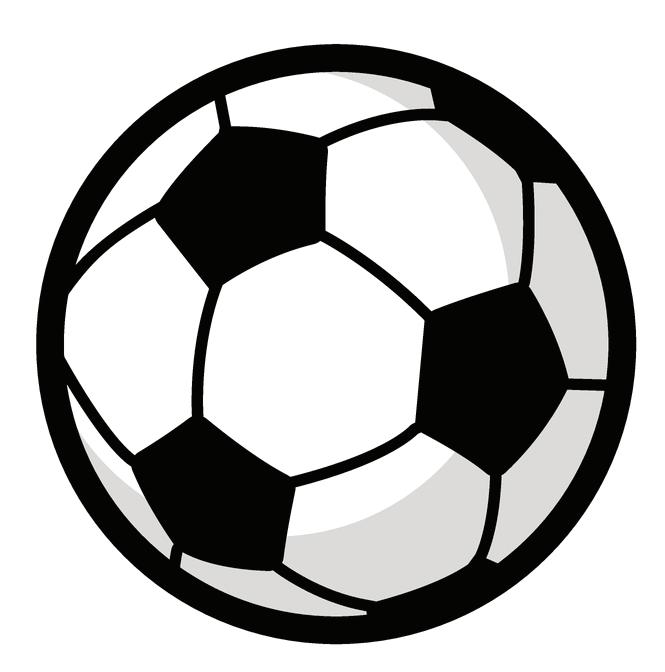


same different


Circle the thing that looks different in each set.





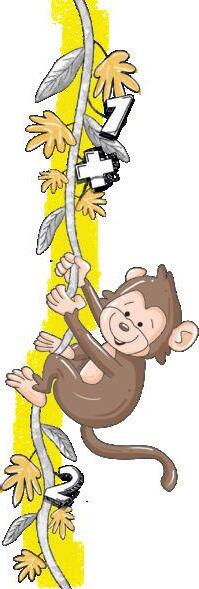



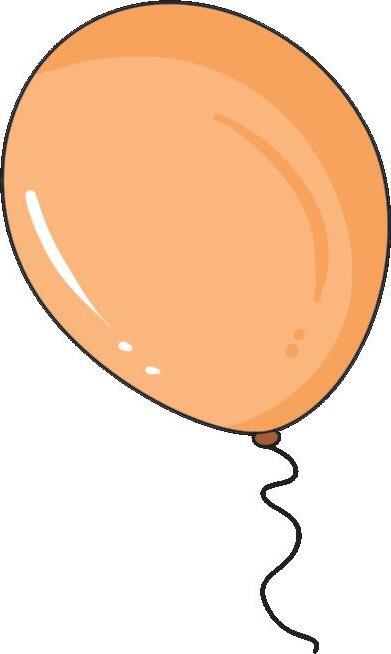














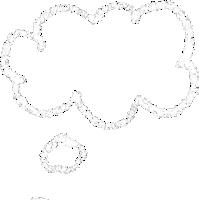



Look at the pictures. Find and circle any 5 differences.










Look at the animals. They are arranged according to their size.




































Circle the bigger flower.

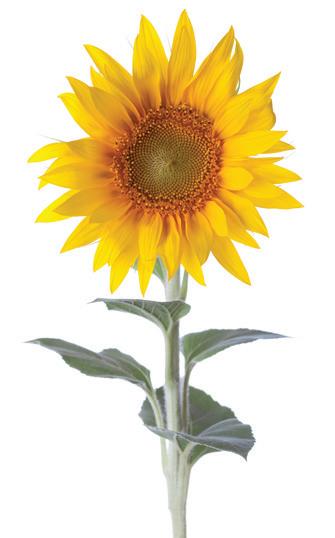
Circle the bigger fruit.


Circle the biggest vehicle.










Look at the animals. They are arranged according to their size.








The deer is small.
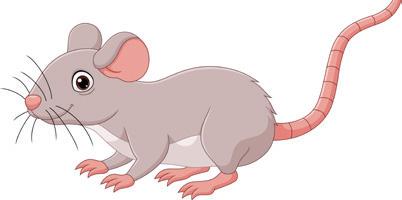
The dog is small. The rat is the smallest. The rabbit is smaller. The squirrel is the smallest.
The fox is smaller.










Circle the smaller leaf.

Circle the smaller bird.


Circle the smallest box.



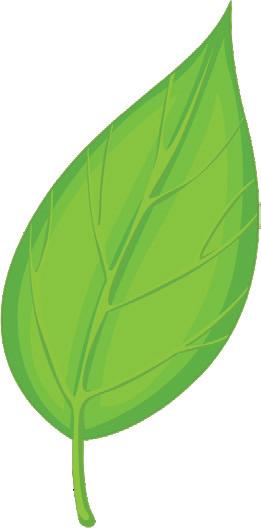







Look at the oars. They are arranged according to their lengths.


Look at the ropes. They ropes are arranged according to their lengths.


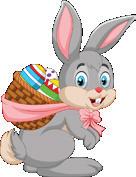






















































































































































































































































































Encourage children to compare the lengths of their pencils.




















































































longest longer long








Colour the longer pencil.
Colour the longer comb.

Colour the longest carrot.









Let us look at the giraffe family! They are standing according to their heights.



Baby giraffe is tall. Mama giraffe is taller. Papa giraffe is the tallest.
Look at Ria’s family. They are standing according to their heights.
Ria's father is the tallest. Ria's mother is taller. Ria is tall.

Encourage the children to stand side by side in pairs or small groups and compare their heights.








Tick () the taller building.
Tick () the taller bird.

Tick () the tallest boy.
























































































Let us look at the frog family! They are arranged according to their heights.

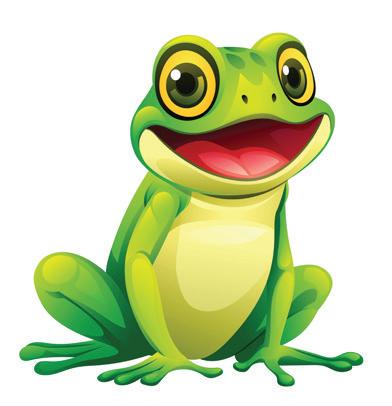

Let us look at the candles. They are arranged according to their heights.










Tick () the shorter mop.

Tick () the shorter tree.


Tick () the shortest bottle.











This is a circle. It has no sides and no corners.
We can see a circle in these objects. Say the names aloud.






Trace the circles and colour the picture. plate button doughnut clock









This is a square. It has 4 equal sides and 4 corners.
We can see a square in these objects. Say the names aloud.

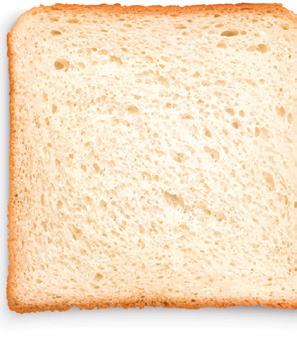
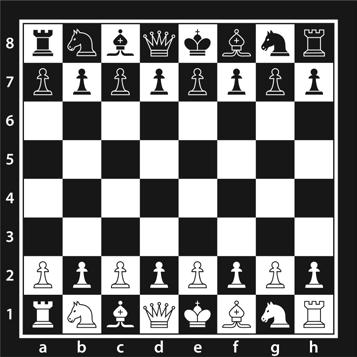

Trace the squares and colour the napkin.









Find and colour all the circles and squares.









The numbers are arranged in order from 1 to 10. This is forward counting.




1 2 3 4 5 6 7 8 9 10



Make a group of 10 children. Give each child a number card from 1–10. When you say ‘Start’, the children stand in order from 1 to 10.
Start counting from number 1 and write the numbers 1 to 10.







This is a number track. Count the numbers forward from I to I0.

Write the missing numbers on each number track.

1 2 3 4 5 6 7 8 1 4 8 9 1 2 5 7 9 10 1 5 7 10






Count the apples.




































Group of 10


































A group of 10 apples.
1 2 3 4 5 6 7 8 9 10







Circle 10 things in each set to make a group. One has been done for you.
























When we put l0 things together, we make one group of ten. This makes counting easier.
Nine crayons and one more crayon make ten crayons. We can also call it one group of ten crayons.
Let us make other groups of 10 and count them by tens.


3 tens are 30 9
2 tens are 20
4 tens are 40
5 tens are 50






6 tens are 60
7 tens are 70
8 tens are 80
9 tens are 90
10 tens are 100








Let us count the pencils in the










Let’s add pencils to the bundle one by one and count up to 20.




































































































































































Count and write the numbers from l l to 20 in the box in each set.




























10 and 1 more make 10 and 6 more make 11





























10 and 2 more make 10 and 7 more make





























10 and 3 more make 10 and 8 more make
































10 and 4 more make 10 and 9 more make





































10 and 5 more make 10 and 10 more make













Count and write the numbers from 11 to 20. 1 1 2 1 3 1 4 1 5 1 6 1 7 1 8 1 9 1 0 2 T O T O T O T O T O



Make a group of 10 children. Give each child a number card from 11–20. When you say ‘Start’, the children stand in order from 11 to 20.






We use the words heavy and light to talk about weight.




A bottle full of water is heavy. An empty bottle is light.


Write ‘H’ for the heavy object and ‘L’ for the light object.













We use the words thick and thin to talk about the thickness of things.

The trunk of this mango tree is thick.

Circle the thick thing in each set.

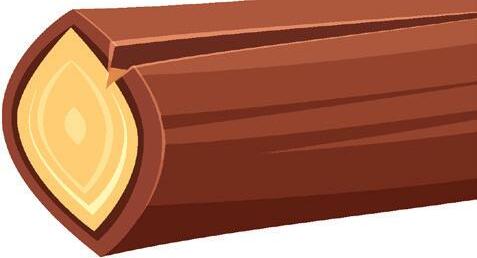








The trunk of this coconut tree is thin.














Let us look at the position of things in the pictures given below.
The bird is on top of the tree. The girl is at the top of the ladder.

The cat is at the bottom of the tree.



The boy is at the bottom of the ladder.
Circle the things that are at the bottom in each box.

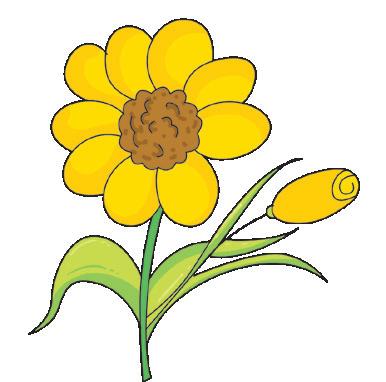
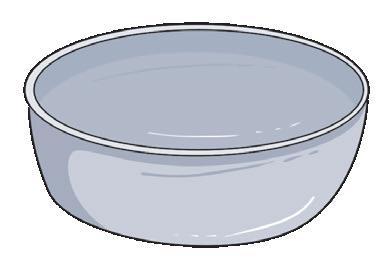









This is a triangle. It has 3 sides and 3 corners.
We can see a triangle in these objects. Say the names aloud.



All sides of a triangle may not be the same. Colour the triangles with different sides.
Same sides Different sides









This is a rectangle. It has 4 sides and 4 corners. 2 of its sides are long. 2 of its sides are short. The opposite sides are of the same length.

We can see a rectangle in these objects. Say the names aloud.

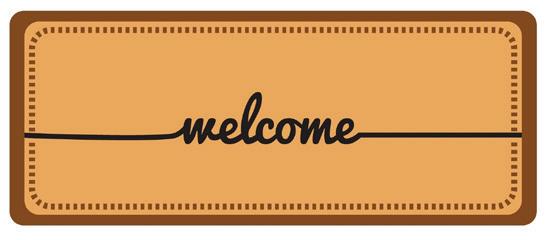



Find and colour 4 rectangles.











Look at the patterns and draw what comes next in the box.










Let us count the pencils in the bundle.




















There are 20 pencils in 2 bundles. 2 groups of 10 are 20.

Take 2 bundles of 10 pencils each. Keep adding pencils one by one to count up to 30.































































































































































































































































2 groups of 10 and 1 more make 21.
2 groups of 10 and 2 more make 22.
2 groups of 10 and 3 more make 23.
2 groups of 10 and 4 more make 24.
2 groups of 10 and 5 more make 25.
2 groups of 10 and 6 more make 26.
2 groups of 10 and 7 more make 27.
2 groups of 10 and 8 more make 28.
2 groups of 10 and 9 more make 29.
3 groups of 10 make 30.



















































Count and write the numbers from 21 to 30. and 2 groups of 10 1 more is 21 T O T O 1 2 2 2 3 2 4 2 5 2 6 2 7 2 8 2 9 2 0 3 T O


20 and 1 more is 21.
20 and 2 more is 22.
20 and 3 more is 23.
20 and 4 more is 24.
20 and 5 more is 25.
20 and 6 more is 26.
20 and 7 more is 27.
20 and 8 more is 28.
20 and 9 more is 29.
3 groups of 10 is 30.






Write the numbers from 1 to 30.
1 T O
T O 1 1

T O 1 2









Let us look at the position of things in the picture.
The blue bird is flying over the tree.


The red bird is sitting under the tree.

Tick () the picture in which the butterfly is over the flower.










Let us look at the position of things in the picture.





The sheep is standing behind the tree. The sheep is standing in front of the tree.

Tick () the picture in which the girl is standing in front of the cupboard.
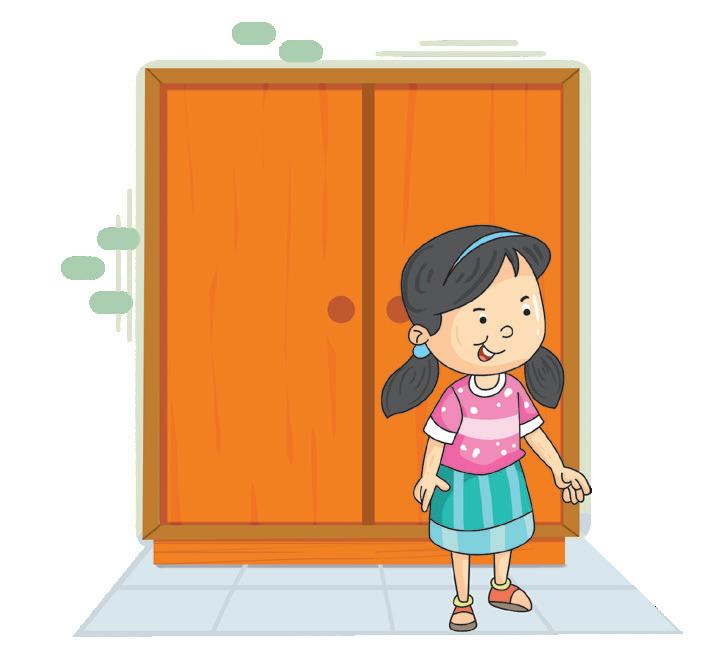









Let us read the instructions and do the actions.









Open your eyes!





























Open your pencil box!
Close your eyes!



















Close your pencil box!



















Open your bag!



Close your bag!
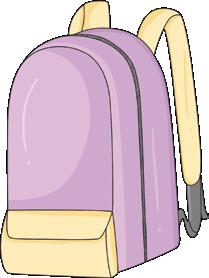
Match the things that are open with the closed ones.













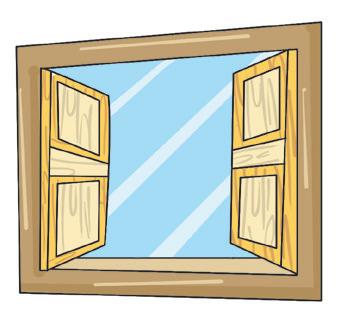









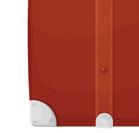






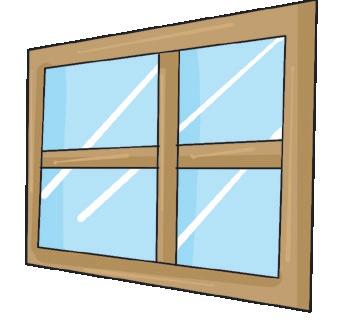
















This is also an oval.
We can see an oval in these objects. Say the names aloud. This is an oval.




Trace the oval and colour the watermelon.










This is a semicircle. This is also a semicircle.
We can see a semicircle in these objects. Say the names aloud.



Trace the semicircles and colour the rainbow.









Help the turtle reach the pond by colouring only the ovals and semicircles.









Look at the pictures. Paste the stickers to complete the picture. (Use the sticker sheet.)









































































































































Count and write the numbers from 31 to 40. and 3 groups of 10 1 more is 31 1 3 2 3 3 3 4 3 5 3 6 3 7 3 8 3 9 3 0 4 T O T O T O


30 and 1 more is 31.
30 and 2 more is 32.
30 and 3 more is 33.
30 and 4 more is 34.
30 and 5 more is 35.
30 and 6 more is 36.
30 and 7 more is 37.
30 and 8 more is 38.
30 and 9 more is 39.
4 groups of 10 is 40.


























































































Count and write the numbers from 41 to 50. and 4 groups of 10 1 more is 41 1 4 2 4 3 4 4 4 5 4 6 4 7 4 8 4 9 4 0 5 T O T O T O


40 and 1 more is 41.
40 and 2 more is 42.
40 and 3 more is 43.
40 and 4 more is 44.
40 and 5 more is 45.
40 and 6 more is 46.
40 and 7 more is 47.
40 and 8 more is 48.
40 and 9 more is 49.
5 groups of 10 is 50.








Write the numbers from 1 to 50.


















































50 and 1 more is 51.
50 and 2 more is 52.
50 and 3 more is 53.
50 and 4 more is 54.
50 and 5 more is 55.
50 and 6 more is 56.
50 and 7 more is 57.
50 and 8 more is 58.
50 and 9 more is 59.
6 groups of 10 is 60.























































Count and write the numbers from 51 to 60. and 5 groups of 10 1 more is 51 1 5 2 5 3 5 4 5 5 5 6 5 7 5 8 5 9 5 0 6 T O T O T O






























































60 and 1 more is 61.
60 and 2 more is 62.
60 and 3 more is 63.
60 and 4 more is 64.
60 and 5 more is 65.
60 and 6 more is 66.
60 and 7 more is 67.
60 and 8 more is 68.
60 and 9 more is 69.
7 groups of 10 is 70.





































































Count and write the numbers from 61 to 70. and 6 groups of 10 1 more is 61 1 6 2 6 3 6 4 6 5 6 6 6 7 6 8 6 9 6 0 7 T O T O T O

































































70 and 1 more is 71.
70 and 2 more is 72.
70 and 3 more is 73.
70 and 4 more is 74.
70 and 5 more is 75.
70 and 6 more is 76.
70 and 7 more is 77.
70 and 8 more is 78.
70 and 9 more is 79.
8 groups of 10 is 80.

















































































Count and write the numbers from 71 to 80. and 7 groups of 10 1 more is 71 1 7 2 7 3 7 4 7 5 7 6 7 7 7 8 7 9 7 0 8 T O T O T O
















































































80 and 1 more is 81.
80 and 2 more is 82.
80 and 3 more is 83.
80 and 4 more is 84.
80 and 5 more is 85.
80 and 6 more is 86.
80 and 7 more is 87.
80 and 8 more is 88.
80 and 9 more is 89.
9 groups of 10 is 90.
























































































Count and write the numbers from 81 to 90. and 8 groups of 10 1 more is 81 1 8 2 8 3 8 4 8 5 8 6 8 7 8 8 8 9 8 0 9 T O T O T O

























































































90 and 1 more is 91.
90 and 2 more is 92.
90 and 3 more is 93.
90 and 4 more is 94.
90 and 5 more is 95.
90 and 6 more is 96.
90 and 7 more is 97.
90 and 8 more is 98.
90 and 9 more is 99.



10 groups of 10 is 100.















































































































Count and write the numbers from 91 to 100 under H (Hundreds), T (Tens), and O (Ones). and 9 groups of 10 1 more is 91 9 1 9 2 9 3 9 4 9 5 9 6 9 7 9 8 9 9 0 1 0 H O T H O T









This is a star. It has many slanting sides.
We can see a star in these objects. Say the names aloud.


Trace the star and colour the starfish.












We can see a diamond in these objects. Say the names aloud.

earring
kite brick trowel

Count the small and big diamonds in the king’s crown. Write the numbers in the boxes. This is a diamond. This is also a diamond.

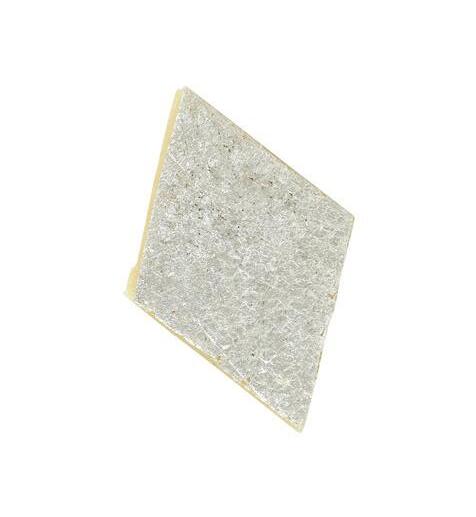








Look at the patterns below. Draw what comes next in the empty box.





















Let us learn and write the names of numbers from 1 to 10. 2 2 two 3 3 three 4 4 four 5 5 five 6 6 six 7 7 seven 8 8 eight 9 9 nine 0 0 1 1 ten 1 1 one







Let us learn and write the names of numbers from 11 to 20. 1 1 2 2 twelve 1 1 3 3 thirteen 1 1 4 4 fourteen 1 1 5 5 fifteen 1 1 6 6 sixteen 1 1 7 7 seventeen 1 1 8 8 eighteen 1 1 9 9 nineteen 0 0 2 2 twenty 1 1 1 1 eleven











Look at the pictures and read the sentences.




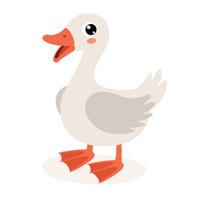

The elephant comes after the lion.
The dog comes after the elephant.
Look at the number track. To find the number that comes after, we move one step forward.
Number 5 comes after the number 4.
In the same way, number 8 comes after number 7.
Similarly, we can find the number that comes after any number by counting one step forward.
Number 21 comes after the number 20.









Look at the picture. Draw the thing that comes after the given picture.










Count forward and write the number that comes after the given numbers.
5









Look at the pictures and read the sentences.

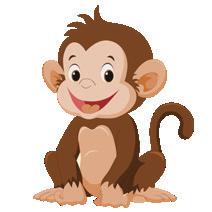

The bear comes before the monkey.
The giraffe comes before the rat.

Look at the number track. To find the number that comes before, we move one step backward.
Number 5 comes before the number 6.
Number 9 comes before the number 10.
Similarly, we can find the number that comes before any number by counting one step backward.
Number 34 comes before the number 35.









Look at the picture. Draw the thing that comes before the given picture.










Count backward and write the number that comes before the given numbers.









Look at the pictures and read the sentences.


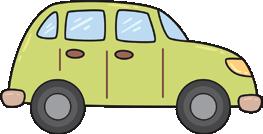

The bat comes in between the ball and the car.
The clock comes in between the cake and the balloon.
Between means in the middle of two things.

To find the number between two numbers, look for the number that comes after the first number and before the second number.

Number 2 comes in between the numbers 1 and 3.
Similarly, number Number 20 comes in between the numbers 19 and 21.








Look at the pictures and draw the thing that comes between the given things in each set.
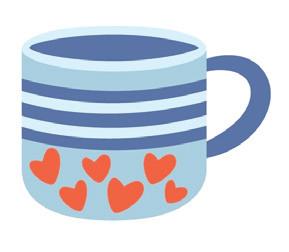









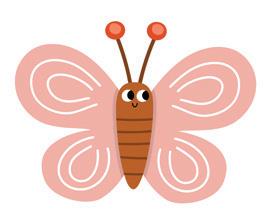



Write the number that comes between the given numbers. 12 29 10 27








Look at how the number are arranged in order from 10 to 1. This is backward counting.
Start counting from number 10. Then write the numbers from 10 to 1 using backward counting. 10 9 8 7 6 5 4 3 2 1 10 1









Write the numbers to take the boy down the ladder from 10 to 1.


Write the numbers to take the girl down the ladder from 20 to 11. 20 11 10 1









To compare two groups, first count the things in each group. Then, draw the correct sign.




6





This shows that number 6 is greater than number 1.


2 1 4 >




This shows that number 2 is less than number 4.







Count the things in each set and write the numbers in the squares. Use the correct sign (< or >) in the circle.
























































To compare two groups, first count the things in each group. Then, draw the correct sign.





5 5 =





This shows that both sides have an equal number of mangoes.


Count the things in each set and write the numbers in the squares. Use the correct sign in the circle.




















Look at the pictures and observe the child walking on the stairs.

When the child goes up the stairs, the numbers go from small to big. This is increasing order.
When the child walks down, the numbers go from big to small. This is decreasing order.








Numbers arranged from the smallest to the biggest are said to be in an increasing order.
For example 4, 7, 9 and l3 are in an increasing order.

Rearrange the numbers in an increasing order.

70 85 82 81
23 34 43 32
24 51 93 52








Numbers arranged from the biggest to the smallest are said to be in a decreasing order.
For example l5, l2, 9 and 5 are in a decreasing order.

Rearrange the numbers in a decreasing order.

25 22 24 23
19 37 46 63

50 15 95 5









Let us learn about skip counting by 2s.
Skip counting by 2 means adding 2 to the number each time.
Let us look at the number track. If we start at number 2 and jump 2 steps forward, what number will we reach?

We will reach the number 4. 1 2 3

Count by 2s and write the missing numbers. 4 5 7 9 1 2 4 6 8











Skip count by 2s and colour the correct numbers. Write the numbers that you have coloured. 8 9 10 11 12 13 14 15 16 17 18 19 2 3 4 5 6 7 4 12










Let us learn about skip counting by 5s.
Skip counting by 5 means, adding 5 to the number each time.
Let us look at the number track. If we start at number 5 and jump 5 steps forward, what number will we reach?

We will reach the number 10.

Count by 5s and write the missing number.









Skip count by 5s and colour the correct numbers.



Write the numbers that you have coloured.









Numbers that tell the position of things are called ordinal numbers.
1st Nakul is first in the line.
2nd Yami is second in the line.
3rd Ali is third in the line.
4th Neha is fourth in the line.
5th Karan is fifth in the line.









Look at the picture and write lst, 2nd, 3rd, 4th or 5th in each box.




Let children stand in a line and take turns saying their position — first, second, third, and so on.









Look at the Christmas tree.
There are 3 gift boxes kept under the tree.

Now, Sia has 4 gift boxes. + =
Sia gets 1 more gift box.
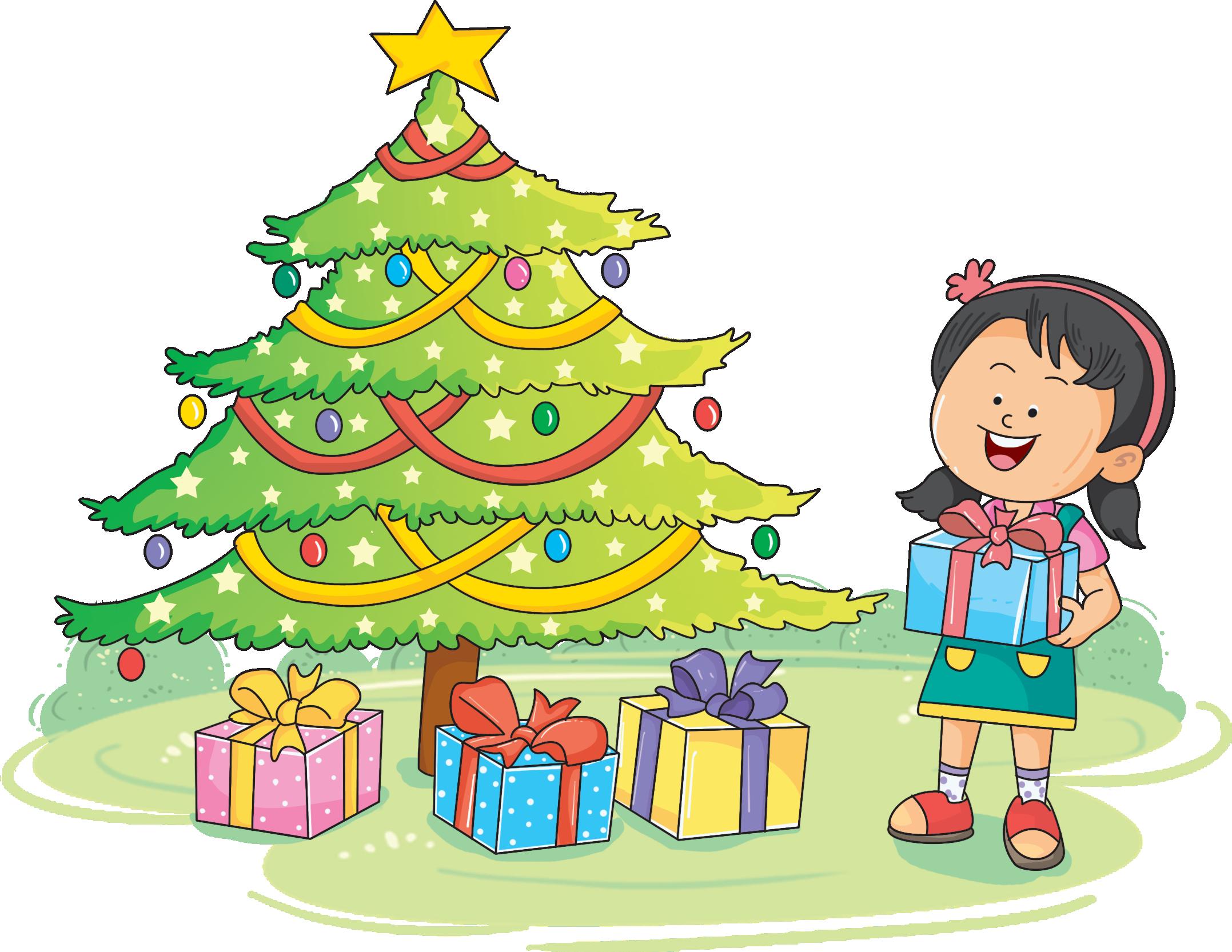
3 gift boxes + 1 gift box is = 4 gift boxes
This is called addition. The sign for addition is ‘+’.







Tony the magician has 2 rabbits.


He takes out 1 more rabbit out of his hat.

How many rabbits does Tony have now?
Tony has 3 rabbits.
2 rabbits + 1 rabbit = 3 rabbits

2 + 1 = 3 2 + = 3
The sign of addition is ‘+’.








Let us follow these steps to add things in two groups.
1. Count the things in the first group and write the number.
2. Count the things in the second group and write the number.
3. Count all the things in both the groups together to add them.
4. Write the total number you get.
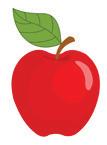











Count the things in each group, add and write the total.
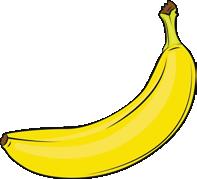






















Look at the picture.
There are 5 rabbits in the garden. l rabbit goes away. Now, 4 rabbits are left. – =

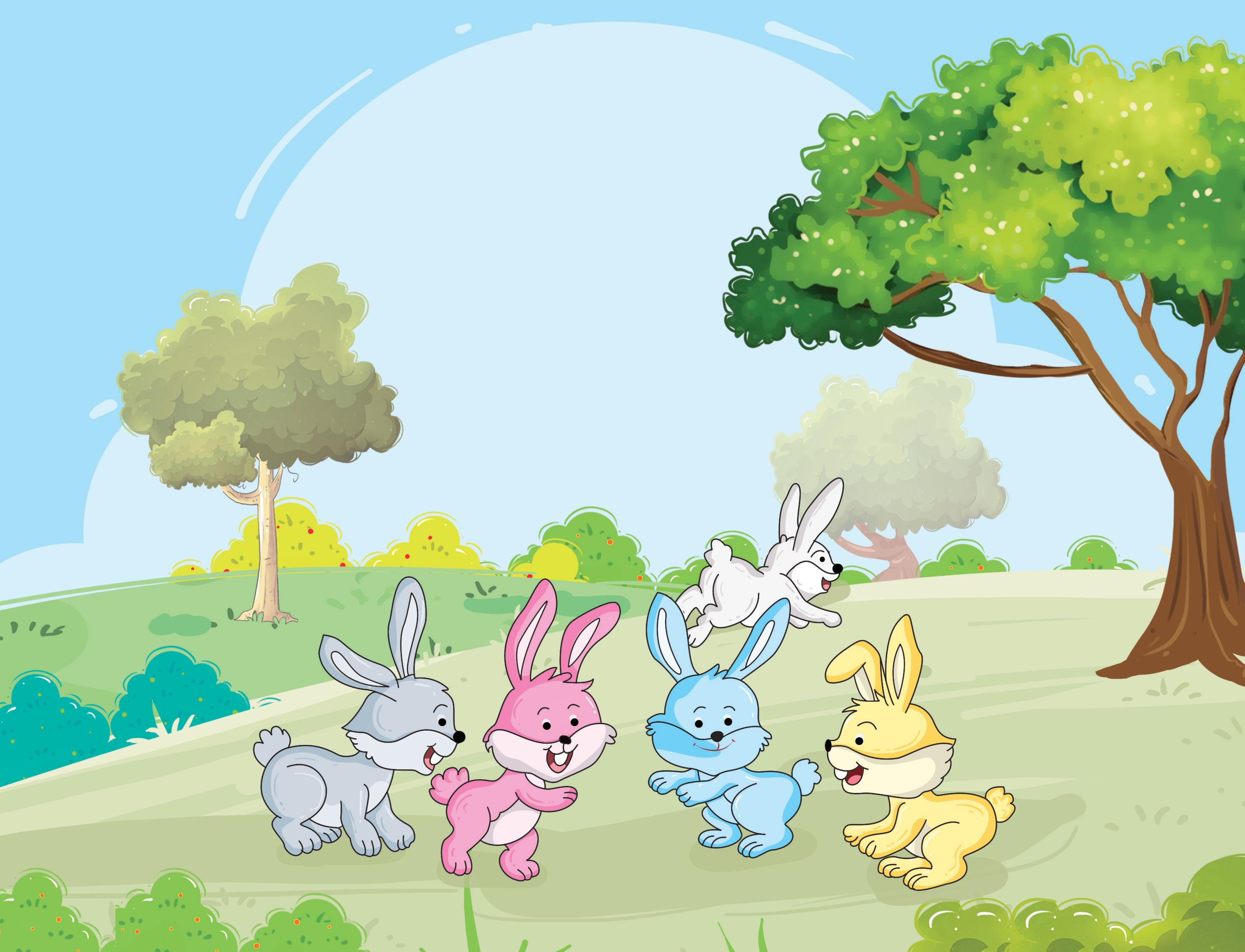
5 rabbits – l rabbit = 4 rabbits
This is called subtraction. The sign for subtraction is ‘-’.







Look at the picture.
Skippy the squirrel has 4 nuts. 4



She eats 3 nuts.
How many nuts are left with Skippy? Let us see.
When 3 nuts are taken away from 4 nuts, 1 nut is left. 4 – 3 = 1








Let us cross out 1 thing from each group. How many are left? Count and write the number.

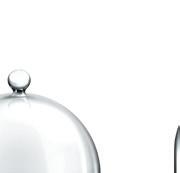

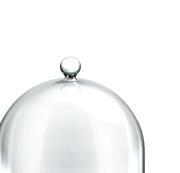











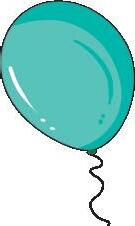






















How many are left? take away 1 = take away 1 = 5 – 2 = 6 – 2 = – =
Let us cross out 2 things from each group. How many are left? Count and write the number.










There were 7 birds on the tree. 3 flew away. How many are left. 3 – 2 = 4







3 4 5


Solve the question each child has and draw a path to the coach with the correct answer. I 2 2 + I 3 + 2 2 + 2 I + I I + 0




































I
4 – I 3 – 2 5 – 3 6 – 2 7 – 2 2 3 4 5











































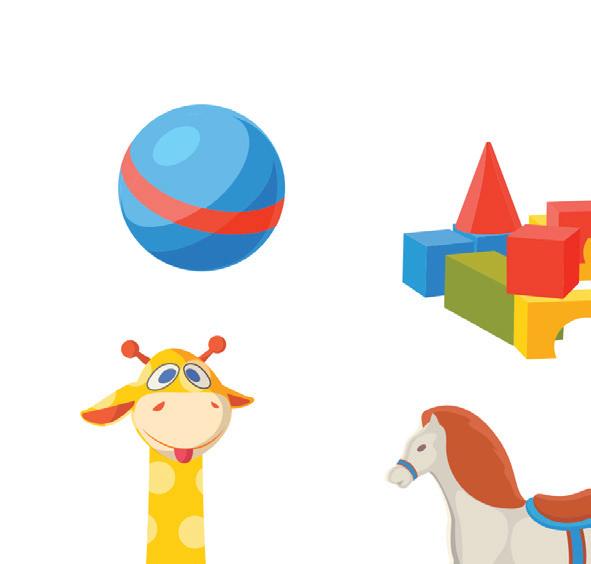

We use money to buy things that we need.

Let us look at these notes and coins.




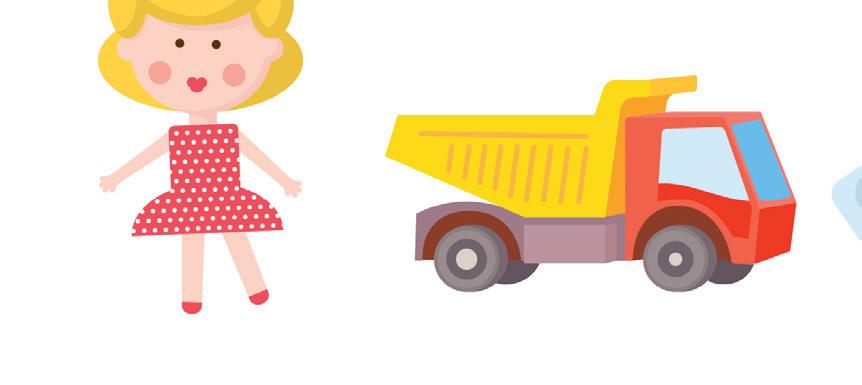

























































Now, let us look carefully at the price tags on the things.

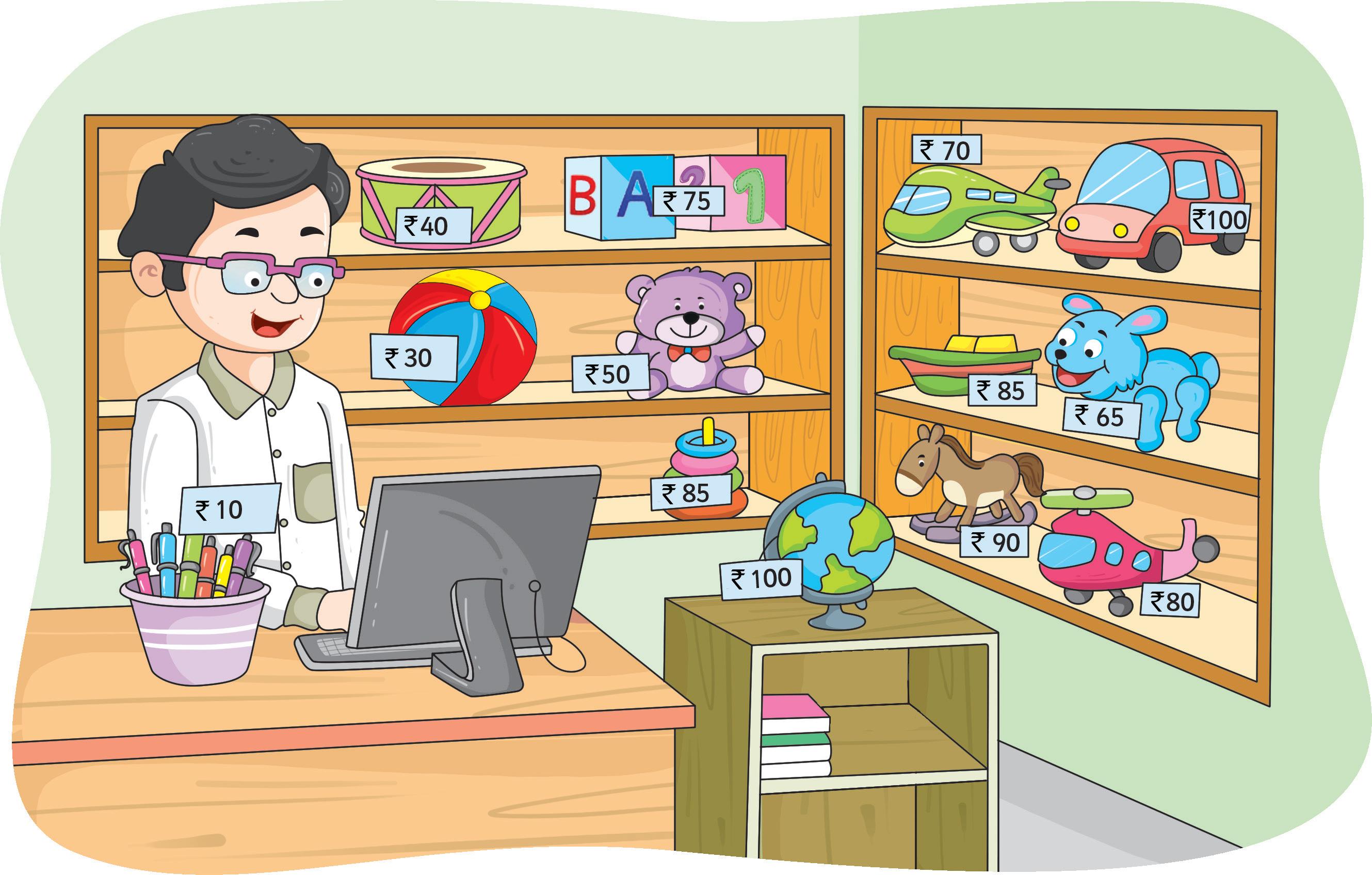







Look at the price tags carefully and match the things with the correct notes.
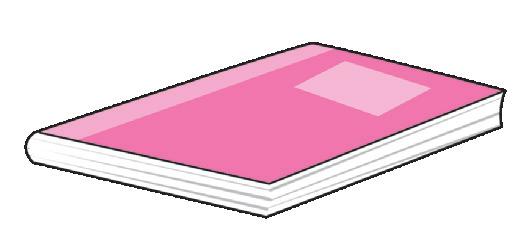



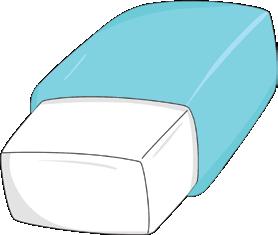










Let us learn about clocks.
A clock tells us the time. It has a long hand and a short hand. The clock also has the numbers 1 to 12 on it.

When the long hand is at 12 and the short hand is at 2, it is 2 o’ clock.



When the long hand is at 12 and the short hand is at 9, it is 9 o’ clock.








Look at the short hand of the clock. Write the time in the box.






o' clock
o' clock
o' clock
o' clock








Match the clock to what we do at that time.

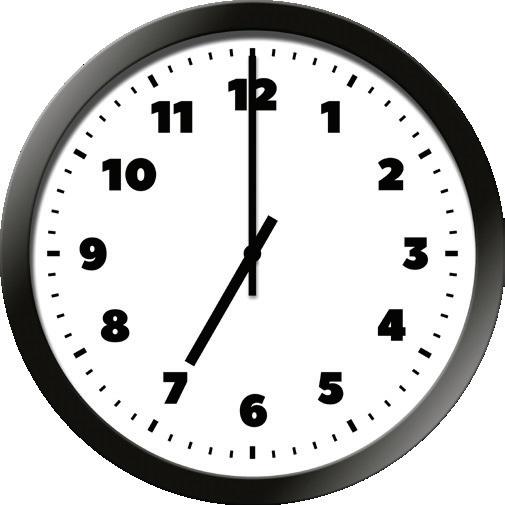
7 o’ clock



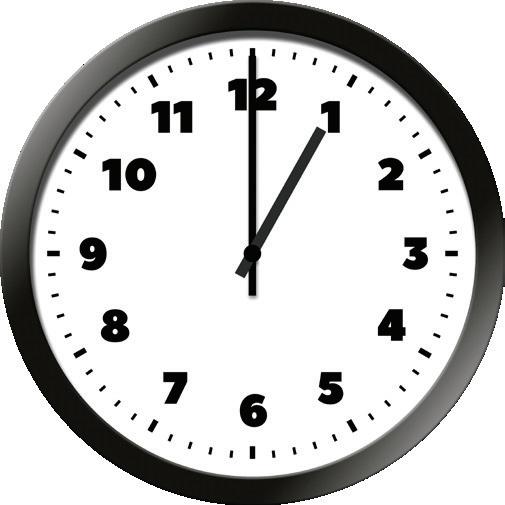
1o’ clock

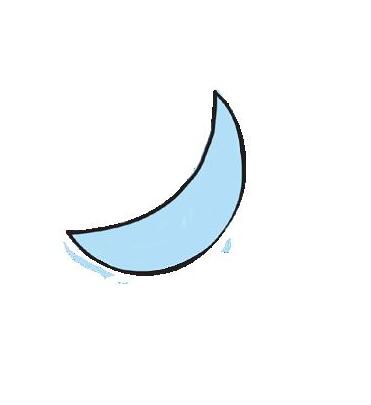
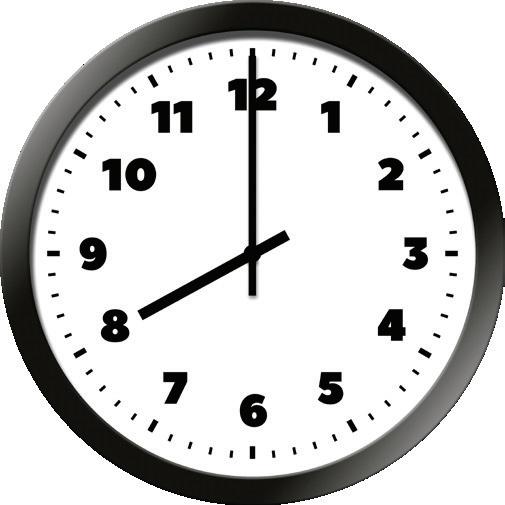




TEACHER TIP
8 o’ clock Wake up Do homework Brush our teeth Eat lunch Eat breakfast Eat dinner
Tell children that it is good to follow a daily routine. It helps stay healthy and happy.






There are seven days in a week. Let us read the names of the days of the week aloud.

Monday, Tuesday, up we go, Wednesday, Thursday, nice and slow.
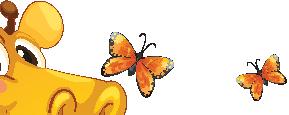



Friday is here, school is almost through, Saturday comes, with fun for you!








Sunday is calm, we rest and stay, Then Monday starts another day!


































Monday Ist day
Wednesday __________ 3rd day
Thursday 4th day
Friday 5th day
Saturday 6th day
Sunday __________ 7th day




Tuesday 2nd day














Unscramble the letters to write the day.



riFady
Sytadaur
dSnuay

TEACHER TIP
Discuss with the children what day it is today and what day it will be tomorrow.






There are twelve months in a year. Let us take a look at the calendar and read the names of the months aloud.


1st month JANUARY 2nd month FEBRUARY 3rd month MARCH
month
month
month
















Same and Different Identifies objects that are the same and different using visual cues
Big, Bigger and Biggest Recognises and names objects as big, bigger and biggest
Small, Smaller and Smallest Recognises and names objects as small, smaller and smallest
Long, Longer and Longest Identifies objects based on length using the terms long, longer and longest
Tall, Talller and Tallest Identifies objects based on height using tall, taller and tallest
Short, Shorter and Shortest Identifies objects based on height using short, shorter and shortest
Circle Recognises and traces the shape of a circle
Square Recognises and traces the shape of a square
Forward Counting (1 to 10) Counts and writes numbers forward from 1 to 10
Group of 10 Understands and makes a group of 10 objects
Grouping in tens Identifies numbers by making groups of ten
Numbers from 11 to 20
Counts and writes numbers from 11 to 20 using groups of ten
Rectangle Recognises and traces the shape of a rectangle
Numbers from 21 to 30 Counts and writes numbers from 21 to 30 using groups of ten
Numbers
Behind and In Front




to
Star Recognises and traces the shape of a star
Diamond Recognises and traces the shape of a diamond
All Shapes Recognises and completes patterns using shapes
Patterns Recognises and completes simple patterns using objects, shapes or colours
Number Names from 1 to 10
Number Names from 11 to 20
What comes After Identifies the number or object that comes next in a sequence
What comes Before Identifies the number or object that comes before in a sequence 58–59
What comes Between Identifies the number or object that comes between two given numbers or objects in a sequence. 60–61
Backward Counting
Counts and writes numbers in the backward order from 10 to 1 62–63
Greater than and Less than Compares and identifies two numbers using greater than and less than 64–65
Equal Numbers Compares and identifies when two numbers are equal
Increasing and Decreasing Order Understands the concept of equal numbers
Increasing Order Arranges and writes numbers in increasing order
Decreasing Order Arranges and writes numbers in decreasing order
Skip Counting by 2s
Skip Counting by 5s
Counts forward in steps of 2 and writes the numbers in sequence 70–71
Counts forward in steps of 5 and writes the numbers in sequence 72–73
Ordinal Numbers Identifies and uses ordinal numbers (first, second, third, etc.) in order 74–75


Addition Understands the concept of adding two numbers 76–77 Adding Two Groups Adds numbers using objects and pictures 78
Subtraction Understands the concept of subtraction or taking away 79–80
Taking Away Subtracts numbers using objects and pictures 81
Money Recognises and identifies the coins and notes of different values in the Indian currency system 84–85
Reading a Clock
Days of the Week
Reads and recognises the time shown on a clock (hours and minutes) 86–88
Recognises, names and says the days of the week in the correct order 89–90
Months of the Year Recognises, names and says the month of the year in the correct order 91–92


Page no. 40–41
DAWN is a comprehensive, NCF 2022-based Early Childhood Education program that lays a solid foundation for lifelong well-being and holistic growth, encompassing physical, cognitive, and socio-emotional development.
This Numeracy Skillbook is specifically designed to develop essential maths skills, including pre-number and number concepts, one-to-one correspondence, sorting, comparing, classification, logical sequencing, and pattern recognition.
Additional Resources
• Sticker Sheets
• TLM and Flashcards
• Charts and Posters
• Assessment Sheets
• Holistic Progress Card
• Teacher's Manual
• Digital Resources
• Play-based learning activities, which promote holistic development of the child in all ECE domains
• School readiness, which is assured in the curriculum and learning design
• All-round development, in areas of physical, cognitive, cultural and socio-emotional domains
• Teacher assets, like assessment tools and lesson plans to help maximise program quality and outcomes
Uolo partners with K-12 schools to provide technology-enabled learning programs. We believe that pedagogy and technology must come together to deliver scalable learning experiences that generate measurable outcomes. Uolo is trusted by over 15,000+ schools across India, Southeast Asia and the Middle East.
hello@uolo.com
Not to be sold separately
ISBN 978-81-980546-7-8
